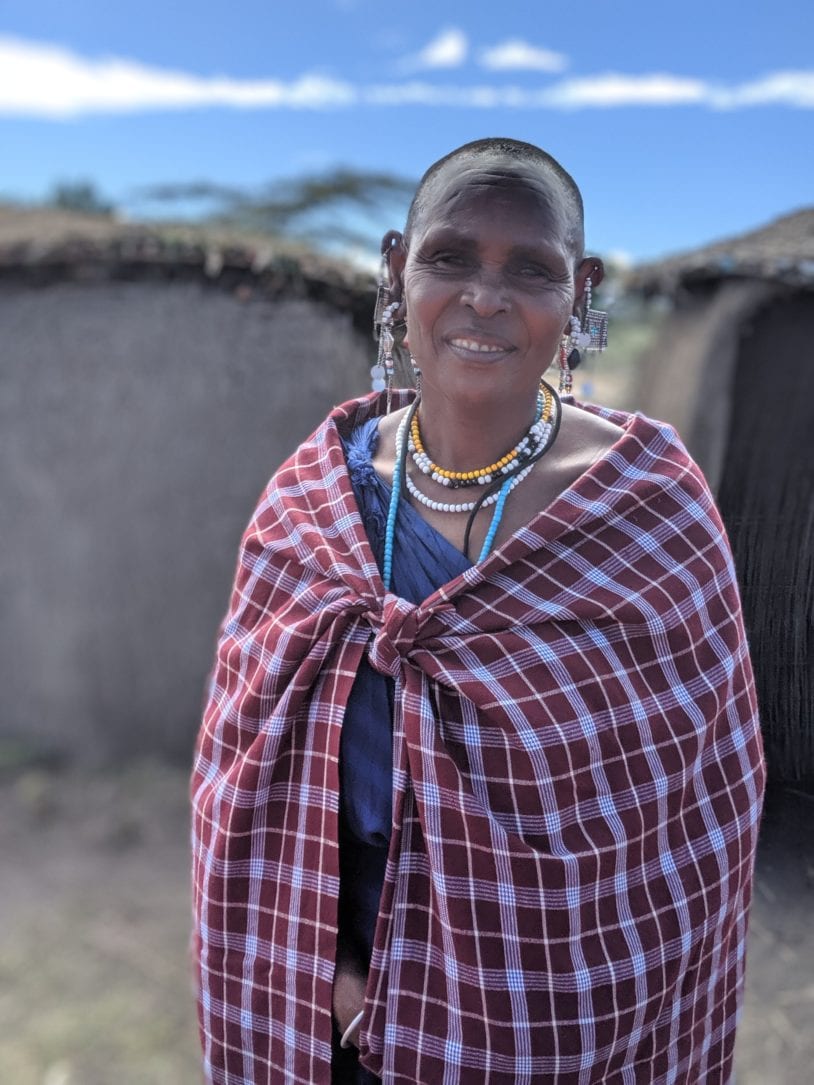As we celebrate U.S. independence this month, we take a pause and examine the progress of women achieving equality and independence in the many cultures we are privileged to visit around the world.
Naturally, it’s a mixed picture.
Women in the western world, continue to make economic, political and socioeconomic gains, while those in Southern Asia, the Middle East and North Africa, continue to experience the most significant obstacles.
The World Economic Forum’s 2018 Global Gender Gap Report benchmarks 149 countries on their progress towards gender parity across four thematic dimensions: Economic Participation and Opportunity, Educational Attainment, Health and Survival, and Political Empowerment.
Interested in where the United States sits in the list of 149 countries? Check out the list below!
The WEF report shows that while most of the gender gap in Health and Education has been reduced over the past 2 decades, the gaps between women and men regarding economic participation and political empowerment remain wide. Only 58% of the economic participation gap has been closed (with this metric actually declining) and only 23% of the political gap.
Here’s a round-robin of updates from some of the destinations we’ll be visiting in 2020:
Laos: Ranked 26th of 149 countries
- Under the Constitution of Laos, Lao women are legally equal to Lao men and have the right to vote and to inherit property.
- Lao Buddhism’s traditional beliefs hold that Lao women can only attain nirvana after they have been reborn as men.
- Lao women didn’t receive the right to vote and be elected into political office until 1958.
- Divorce in Laos is highly stigmatized. Divorced women find it extremely difficult to remarry. Sex trafficking, domestic violence and prostitution are real issues for Laotian women.
Uganda: Ranked 45th out of 149 countries
- For the majority of girls in Uganda, their schooling is halted before or soon after becoming a teenager, reducing their chances at economic advancement.
- Polygamy, (when a man is married to more than one woman) exists in Uganda and legally is not recognized as a traditional marriage, leaving women without legal rights to inheritance or maintenance in the event of divorce or widowhood.
- The first minister for women and development, Joyce Mpanga was appointed in 1987.
- Despite lifestyles associated with largely traditional female roles, women in Uganda are slowly making strides. Many Ugandans recognize women as important religious and community leaders. Some Ugandan women have held rights to their own land, have influenced crucial political decisions made by men, and cultivate crops for their own profit.
Thailand: Ranked 73rd of 149 countries
- The 1977 Thai Constitution guaranteed women equal rights and protections to men and labor laws set pay for both men and women based on work performed. Despite these institutional safeguards, inequity remains largely due to the type of work available culturally to women.
- 24% of households in Thailand are run by women however it was not until 2007 that Thailand outlawed marital rape.
- Thai women are 47% of the labor force and Thailand boast the highest percentage of working women in the Asia-Pacific region. Sexual harassment was made officially illegal in 1998.
- Sex trafficking, domestic violence and prostitution are real issues for Thai women.
Morocco: Ranked 137th out of 149 countries
- Upon the institution of the legal code known as Mudawana in 2004, Moroccan women obtained the rights to divorce their husbands, to child custody, to child support, and to own and inherit property. Morocco’s 2004 Family Code is one of the most progressive in the Arab world.
- Women’s representation in parliament has increased dramatically, from 1% in 2003 to 17% in 2015. Following the increase in representation, Morocco has seen some improvement in women’s health and social outcomes. Maternal mortality rate fell by two-thirds in just two decades while girls’ primary school enrollment rose from 52% in 1991 to 112% in 2012 (due to re-enrollment).
- Despite these gains, Morocco’s Article 475 which held that a rapist could be be acquitted of charges if he married his victim was not successfully repealed until January 2014.
And where does the U.S. fall in the World Economic Forum’s lineup? We’re 51st out of 149 countries:
We have a way to go Adventure Women, worldwide. Let’s work together to make a difference on a local and global level!












